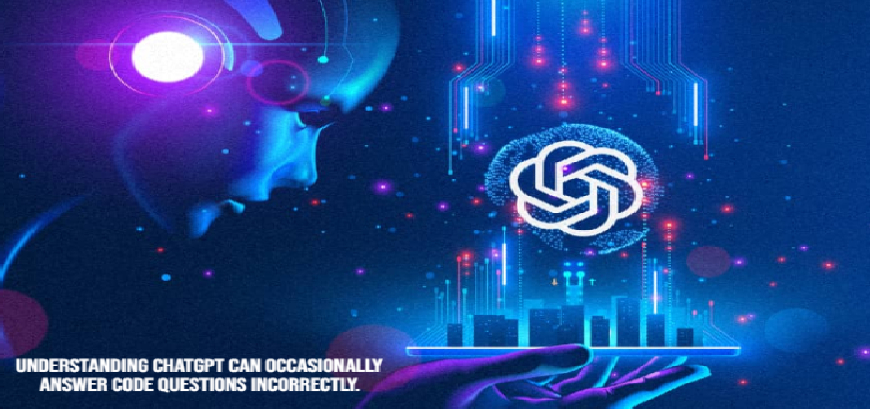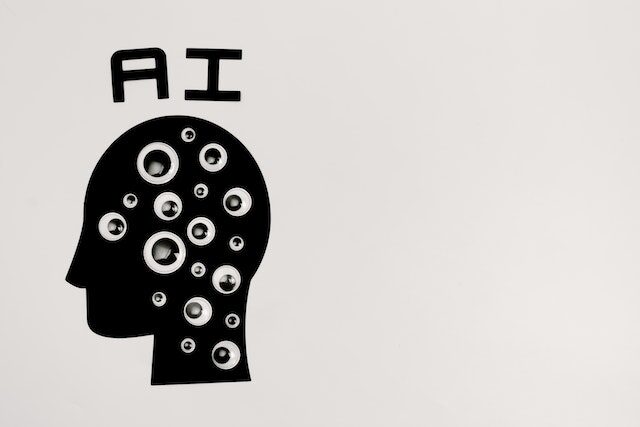The world of natural language processing is about to experience a significant transformation with the introduction of two advanced language models: ChatGPT and Google Bard. In this article, we will delve into the distinctions between these two AI powerhouses and explore how they are revolutionizing the way we process and interact with natural language.
Unveiling Google Bard: A Competitor to ChatGPT
Google recently unveiled Bard, an AI Chat service that is set to directly compete with OpenAI’s ChatGPT. While Bard is still in the testing phase, it is expected to be available to the public in the upcoming weeks. In this blog post, we will closely examine the unique features and capabilities of both Google Bard and ChatGPT.
Transforming Search Engines into Conversational Platforms
Both Google Bard and Bing ChatGPT have made a remarkable impact since their debut. Bing ChatGPT, for instance, has taken the lead by incorporating a conversational AI Chatbot directly into the search bar. On the other hand, Google Bard is not far behind, offering its own set of innovative functionalities.
The introduction of these advanced language models will revolutionize the way search engines operate. Users will no longer be limited to receiving a list of links; instead, they will be able to engage in interactive conversations with search engines. This shift towards conversational search will undoubtedly enhance user experience and provide more comprehensive and personalized information.
Choosing Between Google Bard and ChatGPT: Which One is Superior?
The question remains: which AI model should you choose? Are there specific tasks where one outperforms the other? Are they fundamentally different, aside from being products of different tech giants?
When it comes to initial market advantage, Bing ChatGPT took the lead by incorporating conversational-style answers even before the release of Google Bard. This compelled Google to take prompt action in response. To date, ChatGPT has received an impressive 100 million visits, while Google Bard is still in its beta phase and gradually rolling out.
In terms of accuracy, Bing ChatGPT has proven to provide precise answers while also offering links to the sources of the provided summaries. However, Google Bard faced an embarrassing incident during its launch when the AI chatbot gave an incorrect response, causing a significant drop in Google’s stock value. This incident highlights the importance of ensuring accurate and reliable AI-generated responses.
Understanding the Foundations of ChatGPT and Bard
ChatGPT, developed by OpenAI, is built upon the GPT-3 family of large language models. It utilizes a combination of supervised and reinforcement learning techniques. This sibling model of InstructGPT is specifically trained to provide detailed responses based on given prompts.
Google Bard, on the other hand, relies on the Language Model for Dialogue Applications (LaMDA), which powers its conversational AI chatbot. Bard is based on a lightweight model version of LaMDA, requiring less computing power. This scalability enables Google to cater to a larger user base and gather valuable feedback.
The Road to Success: Bing ChatGPT and Google Bard’s Prospects
While Bing ChatGPT currently holds an advantage, Google is known for its ability to rise to any competition. Google’s strategic response to ChatGPT reflects the fear they have of OpenAI’s creation. This Strategic Inflection Point has pushed Google into a state of chaos, inspiring them to take significant measures to establish itself as a major player in the AI landscape.
Google’s vast reservoir of data accumulated over the years, as the undisputed leader in search engines, gives them a considerable advantage. According to Internet Live Stats (2022), Google processes over 99,000 searches every second, totalling more than 8.5 billion daily searches. In contrast, ChatGPT has garnered approximately 100 million visits thus far. While Bing ChatGPT may hold the edge now, Google’s determination and vast resources cannot be underestimated.
Evaluating Cost-Effectiveness: ChatGPT and Google Bard Pricing
Both ChatGPT and Google Bard offer free versions to users. ChatGPT is currently accessible for free as a research preview on OpenAI’s website. Additionally, there is a subscription-based model called ChatGPT Plus, which offers priority access and faster speeds for a fee of $20. However, access to ChatGPT Plus is subject to approval by OpenAI.
Google Bard, on the other hand, currently only offers a free model, but access is limited to “trusted testers” who have been granted permission. While Google has not released specific details about pricing, they have indicated that public access to Bard will be announced shortly.
Seamless Integration with Ecosystems: ChatGPT and Bard’s Compatibility
Both Microsoft and Google aim to integrate their chatbots into their respective ecosystems seamlessly.
ChatGPT has already made its way into three Microsoft products: Bing, Edge, and Teams. The new version of Bing will be available in Microsoft’s Edge browser, providing users with a sidebar for chatting, content creation, and insights. This integration has the potential to condense large amounts of information into easily digestible summaries. More details on this integration are yet to be revealed. Furthermore, ChatGPT will also be integrated into the Opera web browser, in addition to Microsoft’s offerings.
OpenAI provides GPT-powered features to select companies, with Microsoft being the only entity granted access to the source code outside of OpenAI.
Google Bard, on the other hand, is set to be integrated into Google Search. This means users will have the ability to conduct searches using the AI-powered chatbot interface, similar to Bing, rather than relying solely on the traditional search bar. Google has also introduced AI-powered tools in the form of Lens and Maps but not integrated with Bard. Notably, Google has announced plans to allow third-party developers to utilize Bard, which opens up exciting possibilities for innovative applications.
Comparing Features: ChatGPT and Google Bard’s Capabilities
At their core, both chatbots offer similar features. Users input questions or requests, and the chatbots generate responses accordingly. Follow-up questions or new requests can be made, and the conversation continues seamlessly.
Bard and the GPT-powered version of Bing are essentially expanded versions of their respective search engines, incorporating additional context into their answers. For instance, when inquiring about system requirements for a game. These models provide not only the requirements but also the benefits that these requirements enable. This goes beyond a mere link and offers a more comprehensive understanding of the topic.
ChatGPT, on the other hand, exhibits a broader range of applications. Through OpenAI’s platform, the AI chatbot can generate text for news articles, fiction, poetry, product descriptions, blog posts, and more. It also supports certain coding languages, providing the necessary code for building a basic website. The extent of Bard or Bing’s capabilities in these areas is yet to be demonstrated.
Conclusion: Exploring New Frontiers
These AI chatbots are still in their early stages of development. While they showcase impressive potential, it is important to note that they are not without their flaws. Mistakes can occur, content may cross ethical or legal boundaries, and their optimal use cases are still being determined. Nonetheless, the technological advancements demonstrated by Bard and the GPT-powered Bing are astounding and have the potential to revolution





